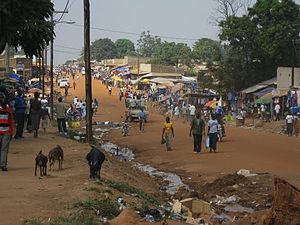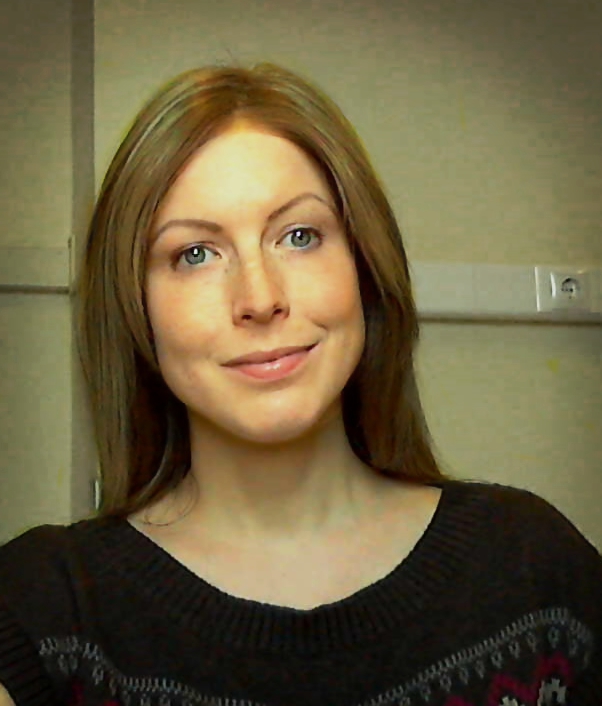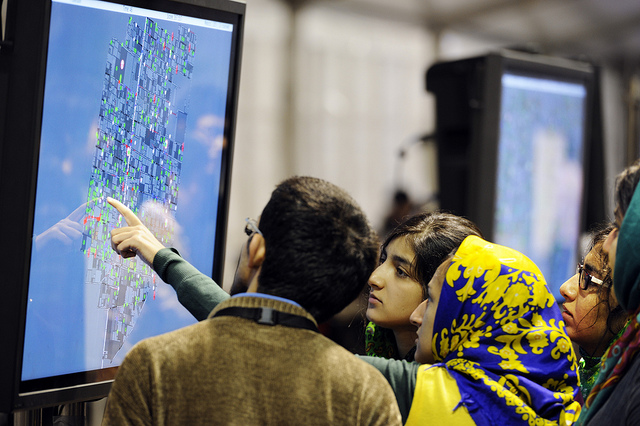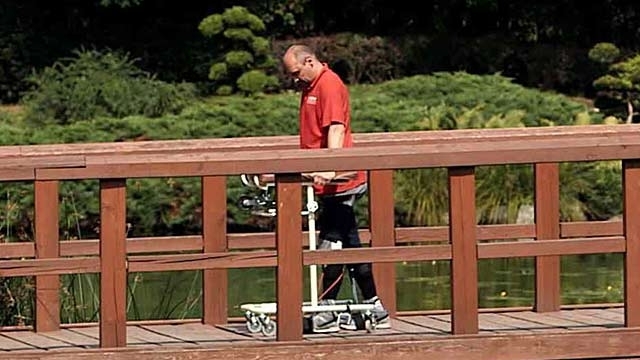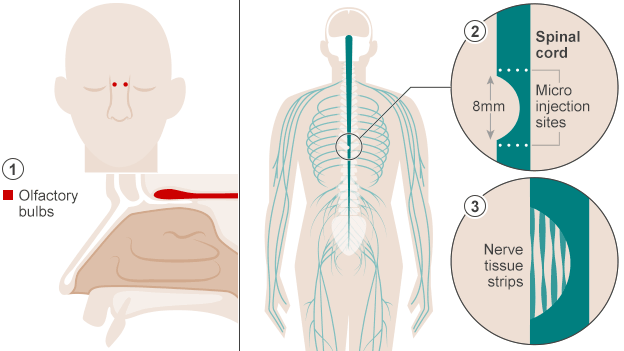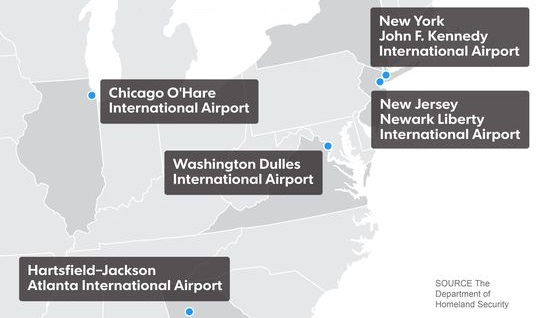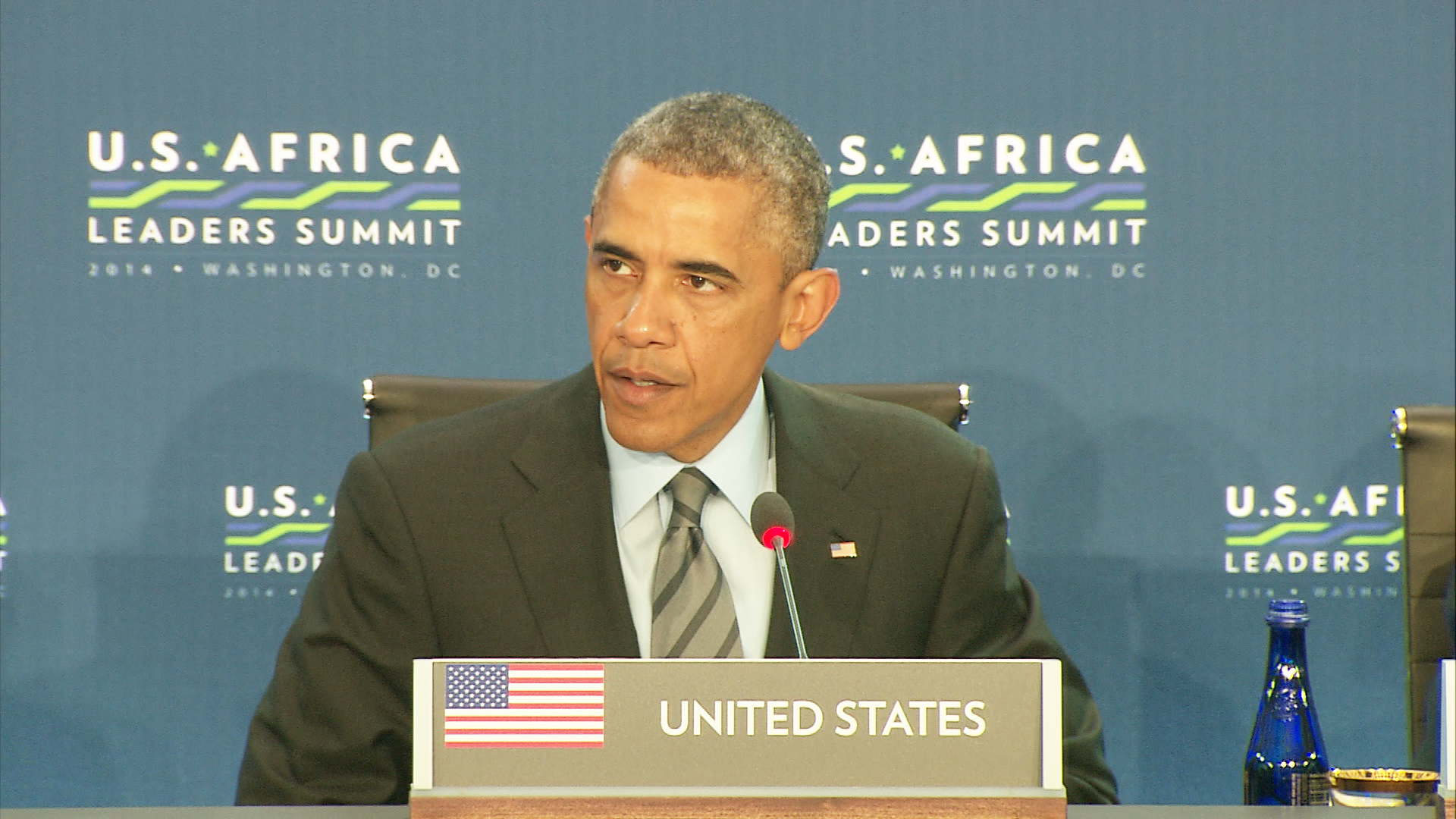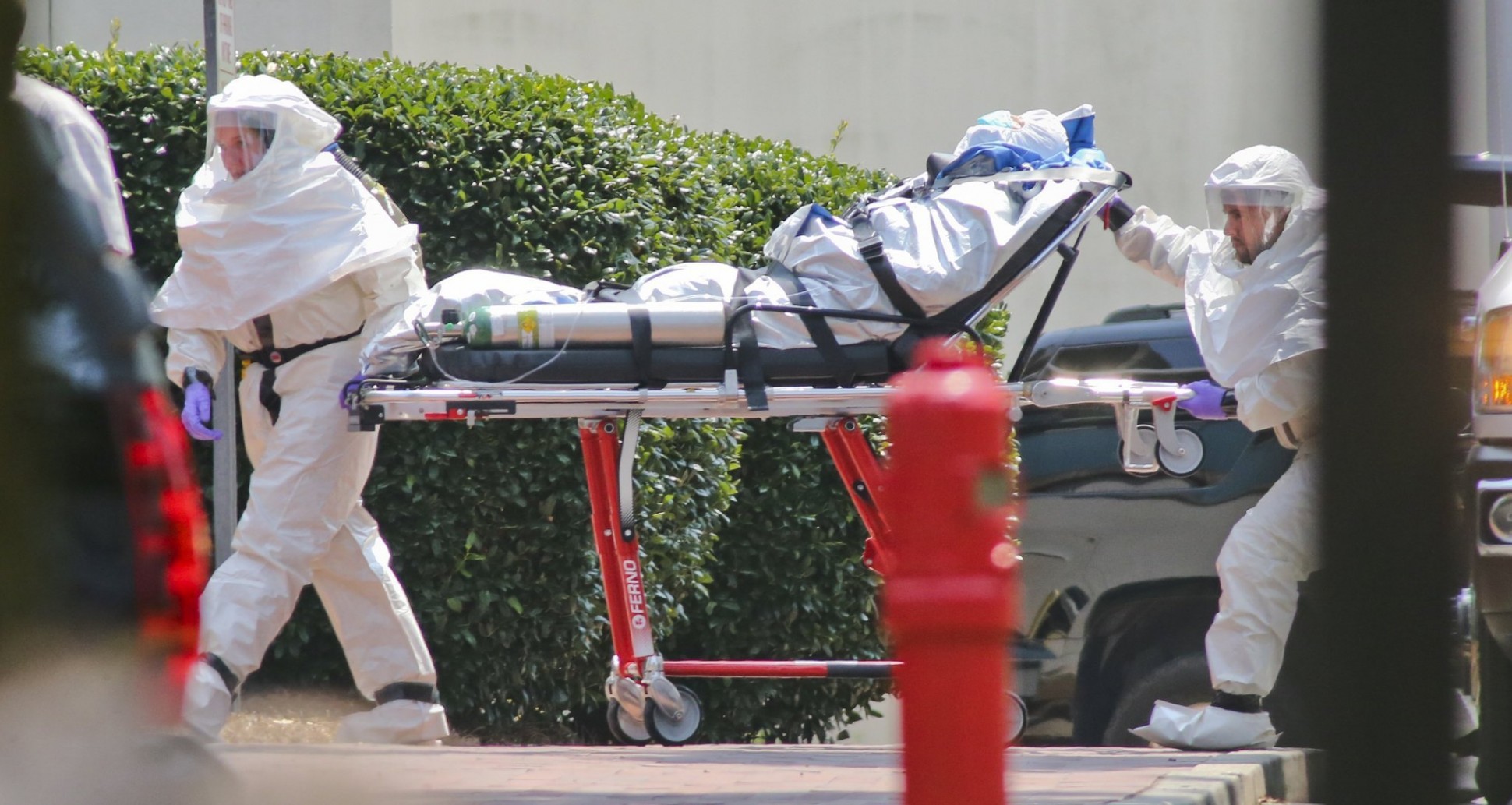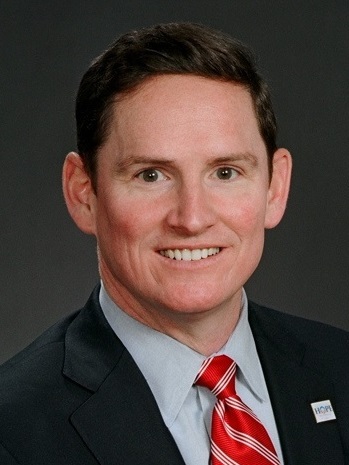The Ebola Virus and the related Marburgvirus have been diverging for over 16 million years, according to a recent study by the University of Buffalo. Although filoviruses were once thought to date back only 10,000 years, new research using more reliable dating methods has shown that the origins of the virus go much deeper than the beginnings of large-scale human agriculture.
“An understanding of the timescale of evolution is critical for comparative virology but remains elusive for many RNA viruses,” wrote the authors of the report.
Experts had at one time believed that filoviruses came about around 10,000 years ago, and coincided with the rise in human agriculture.
According to the research of Professor Derek Taylor and others at the University of Buffalo, the viruses date back to the Miocene Epoch–16 to 23 million years ago.
“Filoviruses are far more ancient than previously thought,” said Taylor. “These things have been interacting with mammals for a long time–several million years.”
The science of measuring the age of diseases is still developing. Previous dating relied on mutation rates.
“Age estimates based on mutation rates can severely underestimate divergences for ancient viral genes that are evolving under strong purifying selection,” the researchers wrote in their report.
“Paleoviral dating, however, can provide minimum age estimates for ancient divergence, but few orthologous paleoviruses are known within clades of extant viruses.”
“For example, ebolaviruses and marburgviruses are well-studied mammalian pathogens, but their comparative biology is difficult to interpret because the existing estimates of divergence are controversial.”
The researchers looked at the paloviral elements of two genes in the ebolavirus family, and found that ebolavirus diverged from marburgvirus in the early Miocene.
The scientists searched within the viral genes in rodents preserved through fossilization.
“These rodents have billions of base pairs in their genomes, so the odds of a viral gene inserting itself at the same position in different species at different times are very small,” Taylor said. “It’s likely that the insertion was present in the common ancestor of these rodents.”
The knowledge may help scientists create better vaccines for Ebola victims. It could also help create programs that better identify emerging pathogens by providing insight into which host species serve the virus as “reseviors” for related pathogens.
“When they first started looking for reservoirs for Ebola, they were crashing through the rainforest, looking at everything–mammals, insects, other organisms,” said Taylor. The more we know about the evolution of filovirus-host interactions, the more we can learn about who the players might be in the system.”
By Andrew Stern
Photo: NIAID
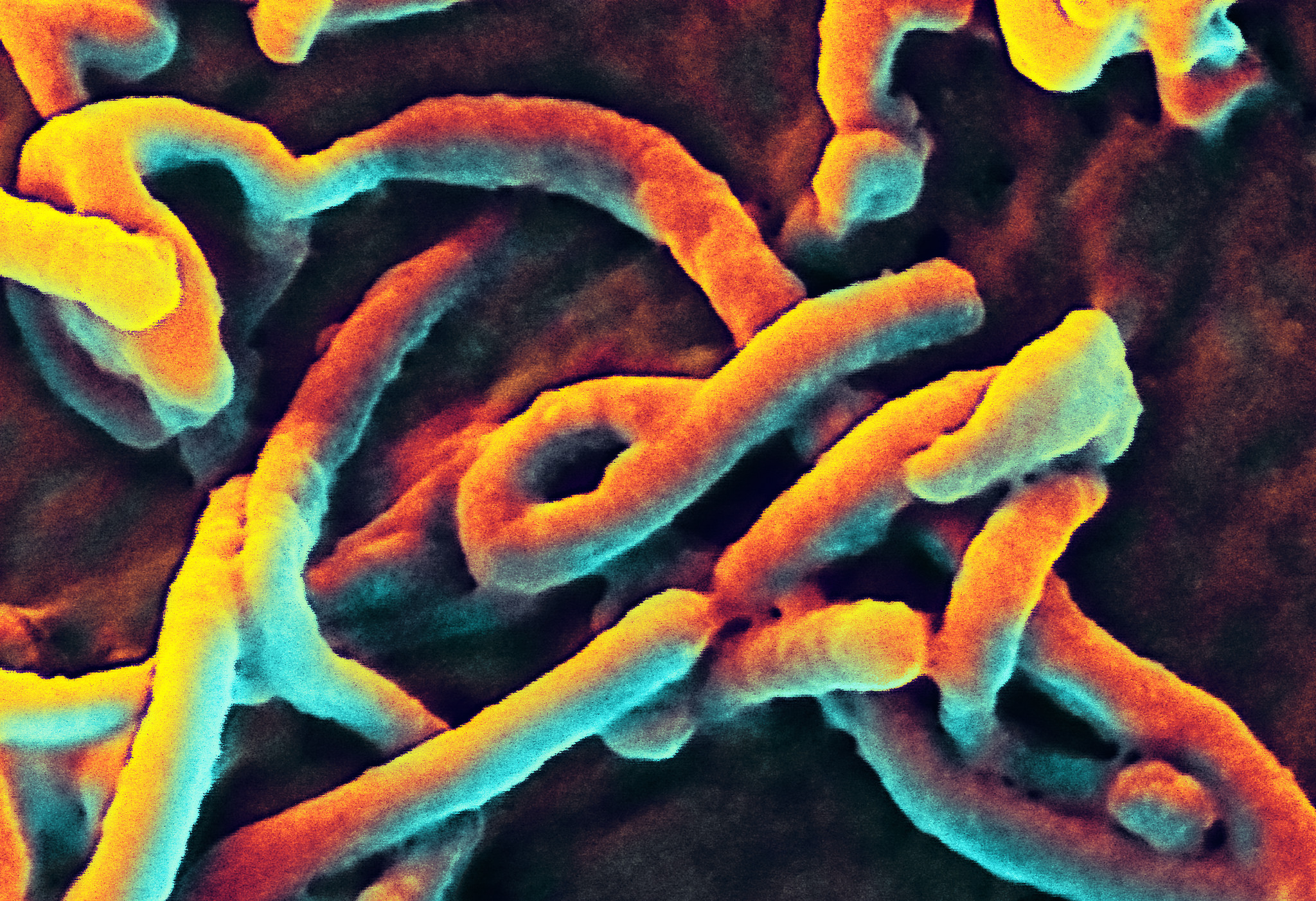
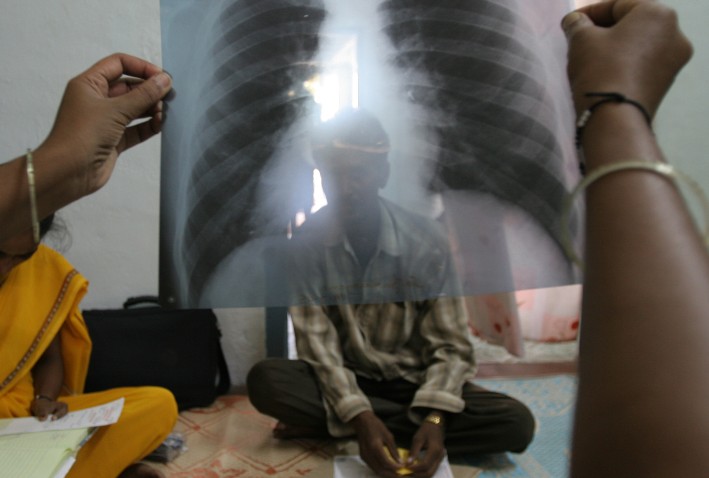
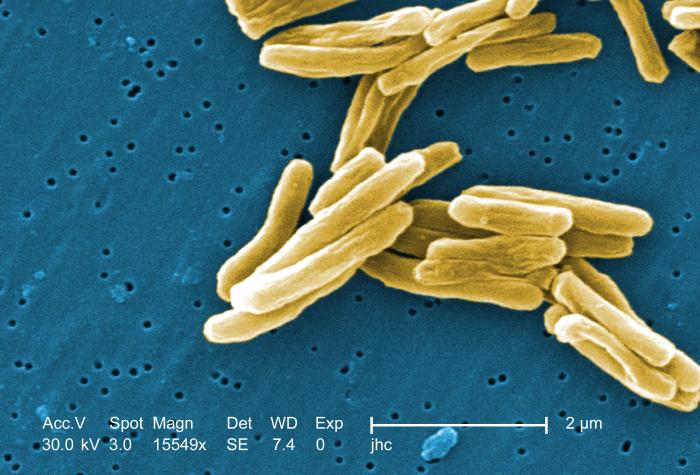


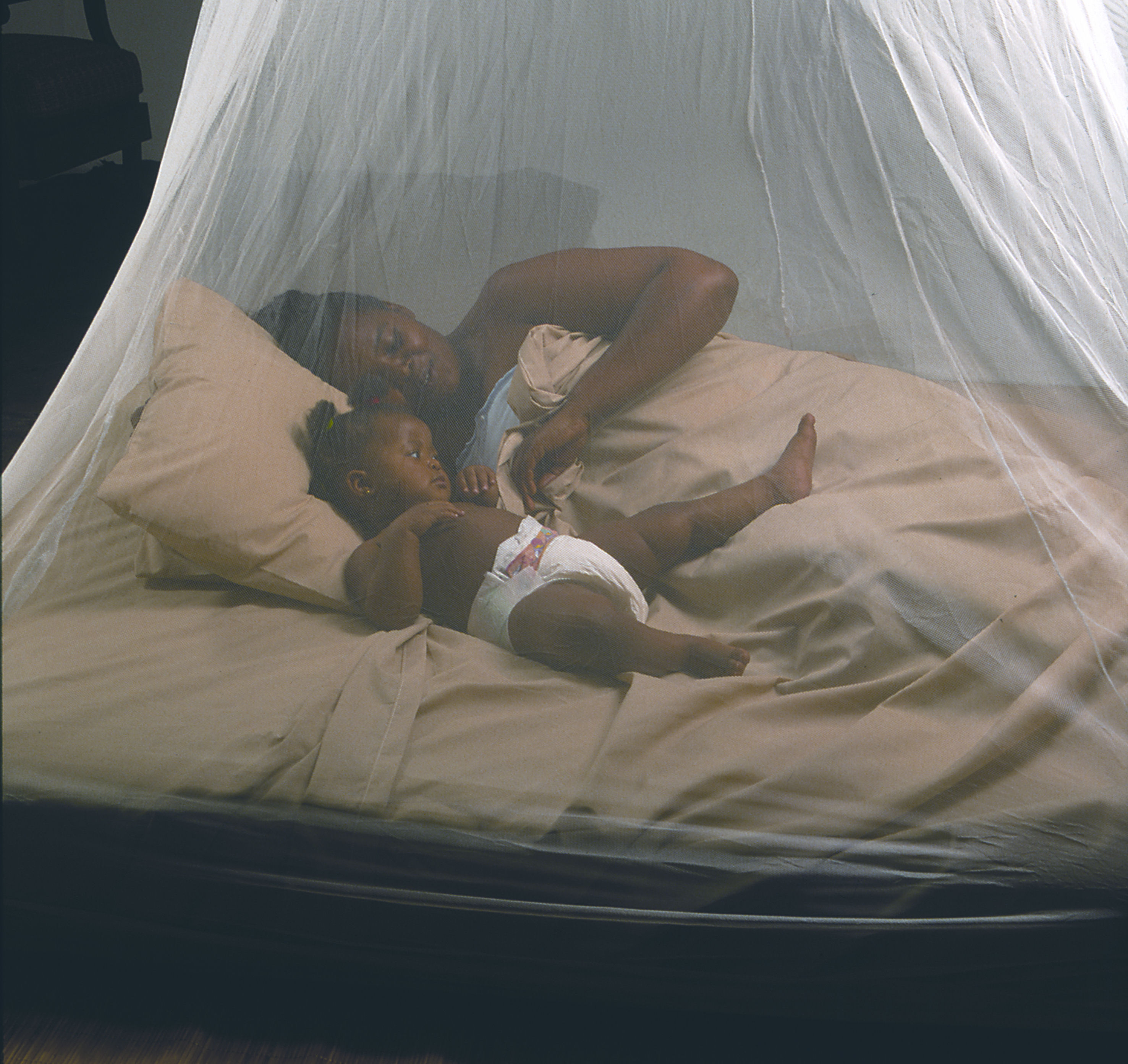
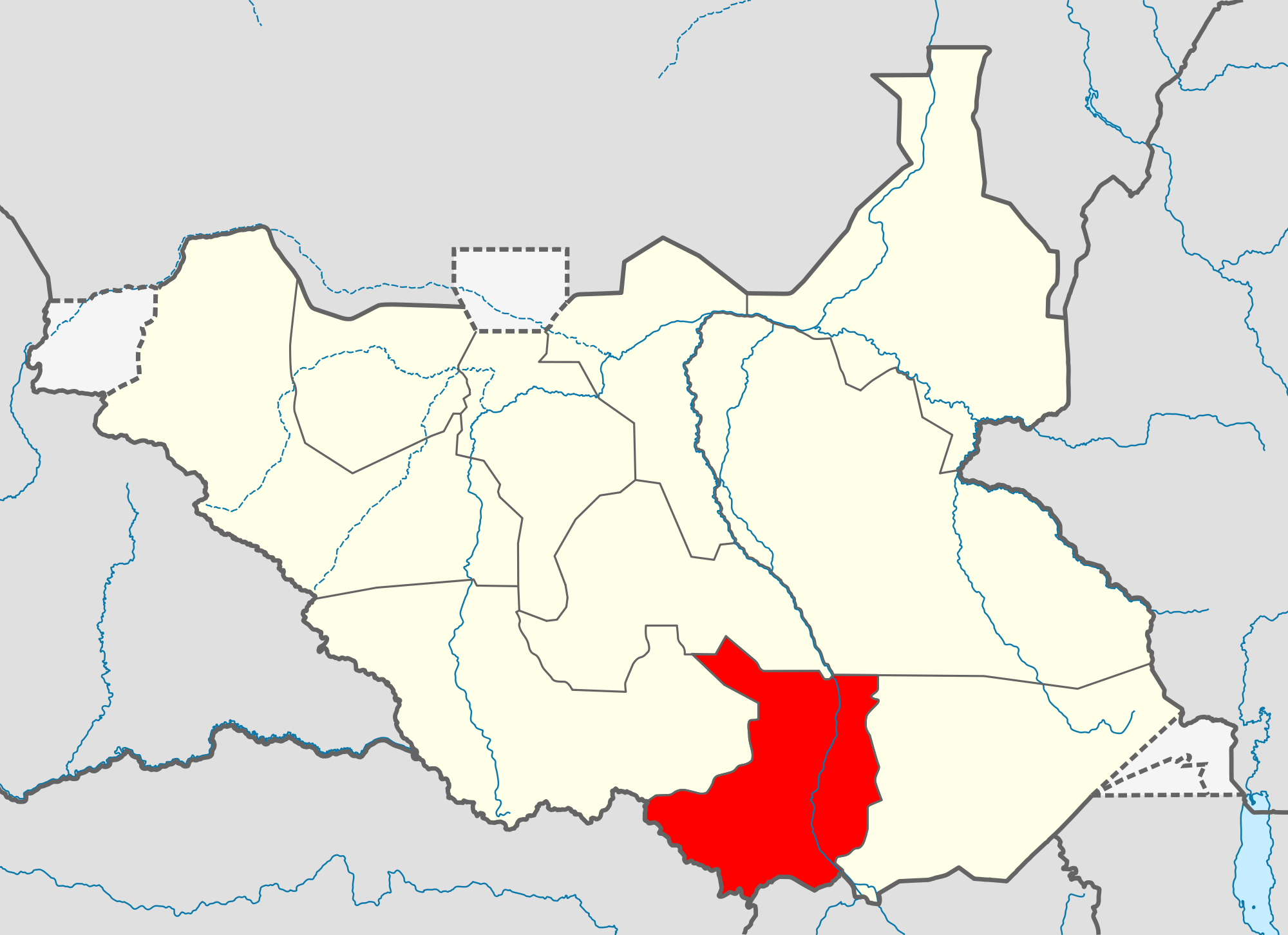 Reasons for the increase in cases were attributed by Lugula to limited access to mosquito nets and dirty conditions
Reasons for the increase in cases were attributed by Lugula to limited access to mosquito nets and dirty conditions 